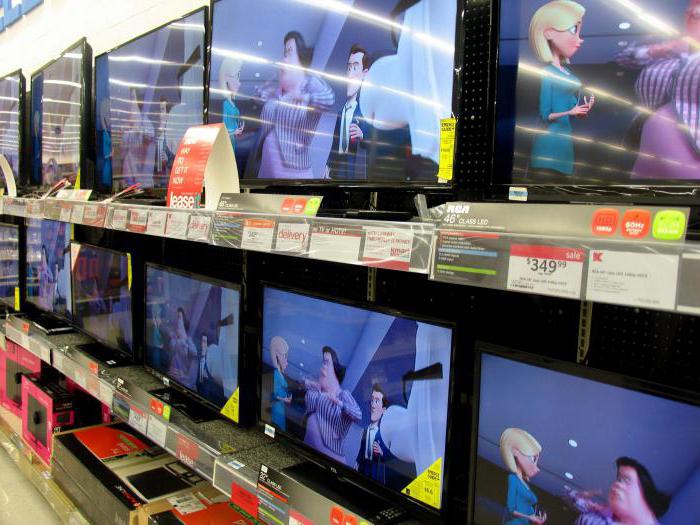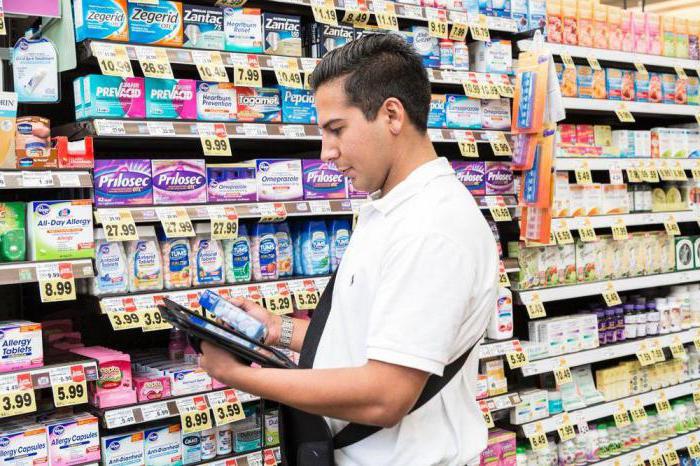The world of professions is very diverse, and recently very rare specialties have been heard. Not every day on the street you can meet a sign language interpreter, postager, titester, greenkipper, oenologist, monster, glassblowers or merchandiser. Who are they? Let's deal with one of them. Who is the merchandiser? What are the responsibilities of a person in such a profession? What knowledge does a job seeker need in order to get such a job?
Merchandiser: who is it and what does it do?
A manager who promotes goods and stimulates sales growth in retail outlets - who is this? This is a merchandising merchant. The English word merchandise is translated as goods, and the profession itself arose in the USA in the 30s. XX century.
Profession Description
Merchandising is the promotion of goods. Sales of goods are possible only thanks to an interconnected set of events at retail outlets, and the merchandiser is the manager who brings these events to life. One such specialist can oversee 3-20 trading floors, which directly depends on his work experience. Experience as a merchandiser is a start in trade, which can help in career development at the district or regional level. In the future, you can go up to the supervisor, sales manager or company representative.
Prospects
Many people choose this profession because they know that this is a great start to a trading career. Therefore, often a merchandiser is a person who is just starting his career in commerce.
Merchandiser Responsibilities
The merchandiser is the curator of many processes in the outlet. Therefore, responsibilities include the following:
- Detour all points every day.
- Supervision of sellers and their appearance.
- Product Availability Control
- Logistics.
- Control the use of shelves and display cases.
- Displaying goods at a point of sale.
Merchandiser Summary
Many personnel specialists require the following to be reflected in the resume of job seekers of such a position:
- Mandatory driving experience and the availability of rights, respectively (in some cases, you must have your own car).
- In-depth knowledge of marketing techniques, sociology, psychology.
- In-depth knowledge of the laws that govern commerce.
Supermarket Marketing Techniques

Merchandiser - who is doing what? This is a manager who knows many ways to get visitors to buy a particular product. What techniques does this specialist use in his work?
- The use of discount cards. A buyer with a discount card for a particular store is likely to become attached to him, and when choosing a place for a large number of purchases, he will go there. It is assumed that goods on the card will be cheaper, although before you get a small discount, you have to make a certain number of purchases, and not always at a low price.
- Use of certain colors. According to studies, cold colors do not attract attention, and warm ones encourage you to stay in a place longer, so many stores use warm colors for decoration, trying to extend the time spent by customers.
- Music. Quiet music is often played in stores, which helps to relax and leisurely walk around the store while making purchases.
- Checkout counters with small goods. When passing the line at the checkout, the buyer, standing in anticipation, pays attention to the goods next to him. Therefore, there are usually racks with various small goods: chocolate, candies, chewing gum, etc. Some of those waiting in line will definitely get them.
- Discount when buying a large volume. A good method for selling an unpopular product. Upon receipt of a tangible discount, depending on the quantity, the buyer can purchase more than necessary.
- Related products. In the stores there are a number of products that are usually consumed together - tea and sweets, beer and nuts, etc. So the buyer will not miss goods that complement the already made purchase.
- The height of the product. The buyer first of all looks at things located at eye level, so the product that needs to be sold first of all is at a height of 160-180 cm (average customer height).
- Rounding down. An old and effective way to encourage buying. Decimal digits are considered much smaller than similar integers. If there is a price of 1999 rubles on the price tag, the buyer will automatically perceive it as 1000 rubles (albeit with a penny), and not as 2000. A similar method is to correct the prices on the price tag to lower (maybe not significant), indicated in bold to convert Buyer's attention to saving.
- Right hand method. Designed for right-handed people, who are the majority among the population. They go from left to right, while first of all paying attention to the middle of the shelf on the right. It is there that the goods with the highest value are located. For the same purpose, the aisles in stores are located in such a way that on the way to the departments with the most popular goods (dairy products, bakery products) and at the checkout you need to go around the entire store.
- Carts with large volume, lack of hand baskets. The buyer tries to collect so many purchases so that the cart does not look empty. In addition, if the basket is quickly filled or seems heavy, people try to quickly go to the checkout.
- Healthy eating According to the observations of psychologists, if, first of all, the buyer acquired something necessary and useful, then he relaxes and can afford unplanned purchases. Because of this, departments with vegetables and fruits are often located at the entrance to the store.
- Hunger. When you feel different food aromas, a person wakes up a feeling of hunger, and he buys more products than necessary. Therefore, departments with pastries and culinary products are located at the beginning of the store, so that at the entrance to the trading floor the buyer wakes up an appetite.

This is the main, but far from complete list of ways to encourage the buyer to make as many purchases as possible. Each merchandiser knows it perfectly and knows how to use it in practice.




